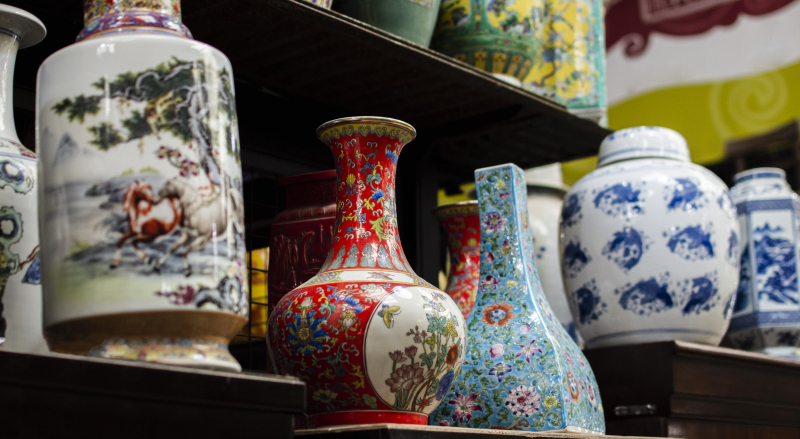Imari - Arita Ware

Japanese porcelain known as Imari ware, also known as Arita ware, is created at the Arita kilns in the region of Hizen. Production allegedly began in 1616 when porcelain clays were found in Arita by Korean artisans working for master potter Ri Sampei. Porcelain production has finally reached the rest of Japan before 1800.
Arita porcelains include white glazed goods, celadons, which are glazed wares that are a light gray, blue, or green, black wares, blue-and-white wares with underglaze painting, and overglaze enamels. These characteristics are thought to be influenced by the demand for Chinese goods and the drive of Korean artisans.
Japanese Imari Ware from the Meiji Period is simpler than that from the 19th or 20th centuries, with just white glaze and light gray-blue accents. With the addition of green, red, and blue, the subsequent iteration of Arita Ware is more colorful. On this kind of ceramic, there are also common images like cranes and flowers.
Detailed Information:
Founded: 1616
Founder: Kanagae Sanbee
Location: Arita Town, Hizen Province, Saga Prefecture
Website: https://www.imari.com/





